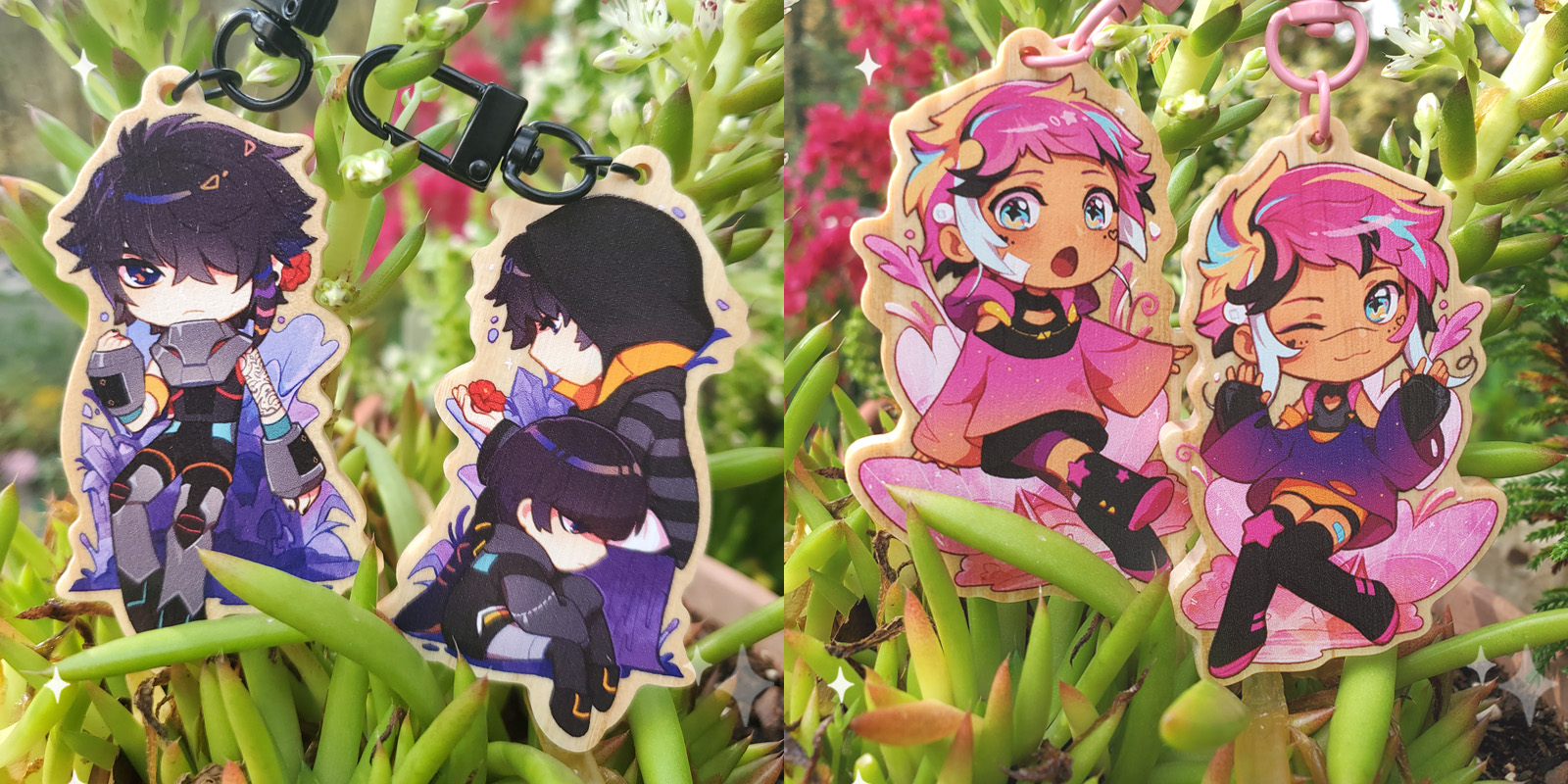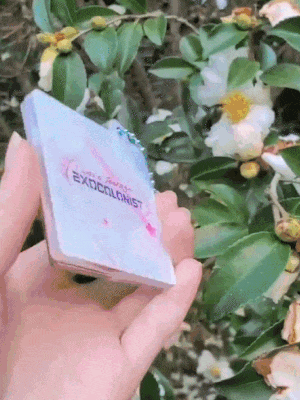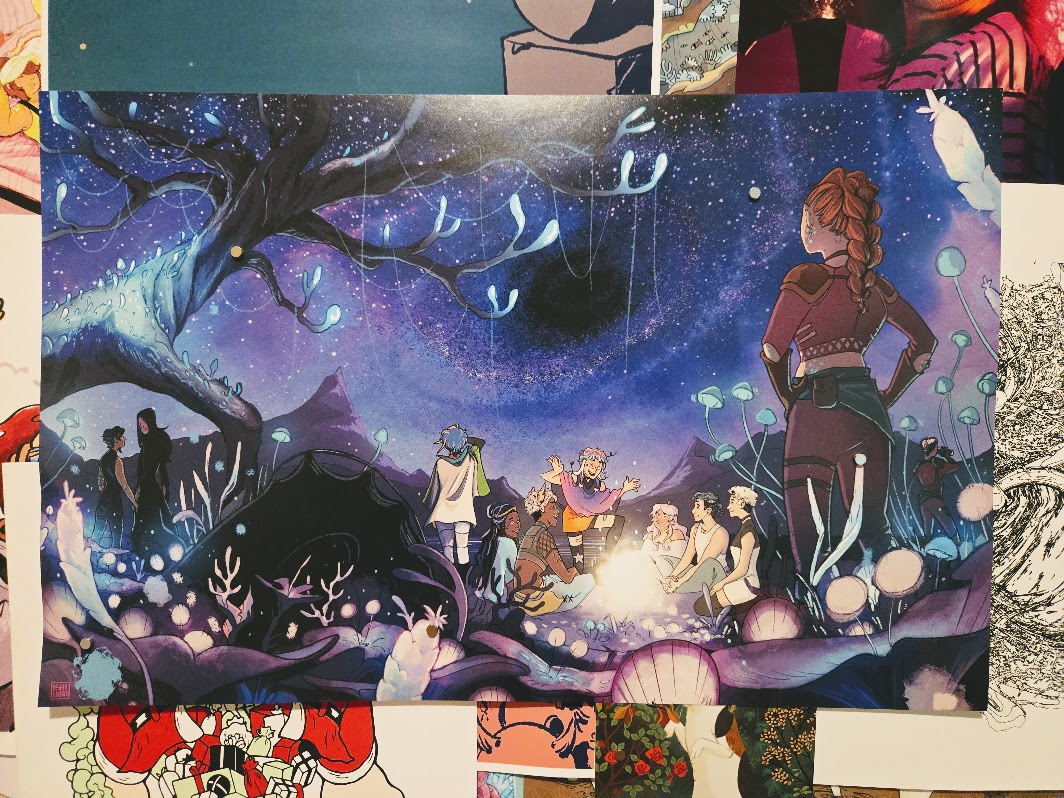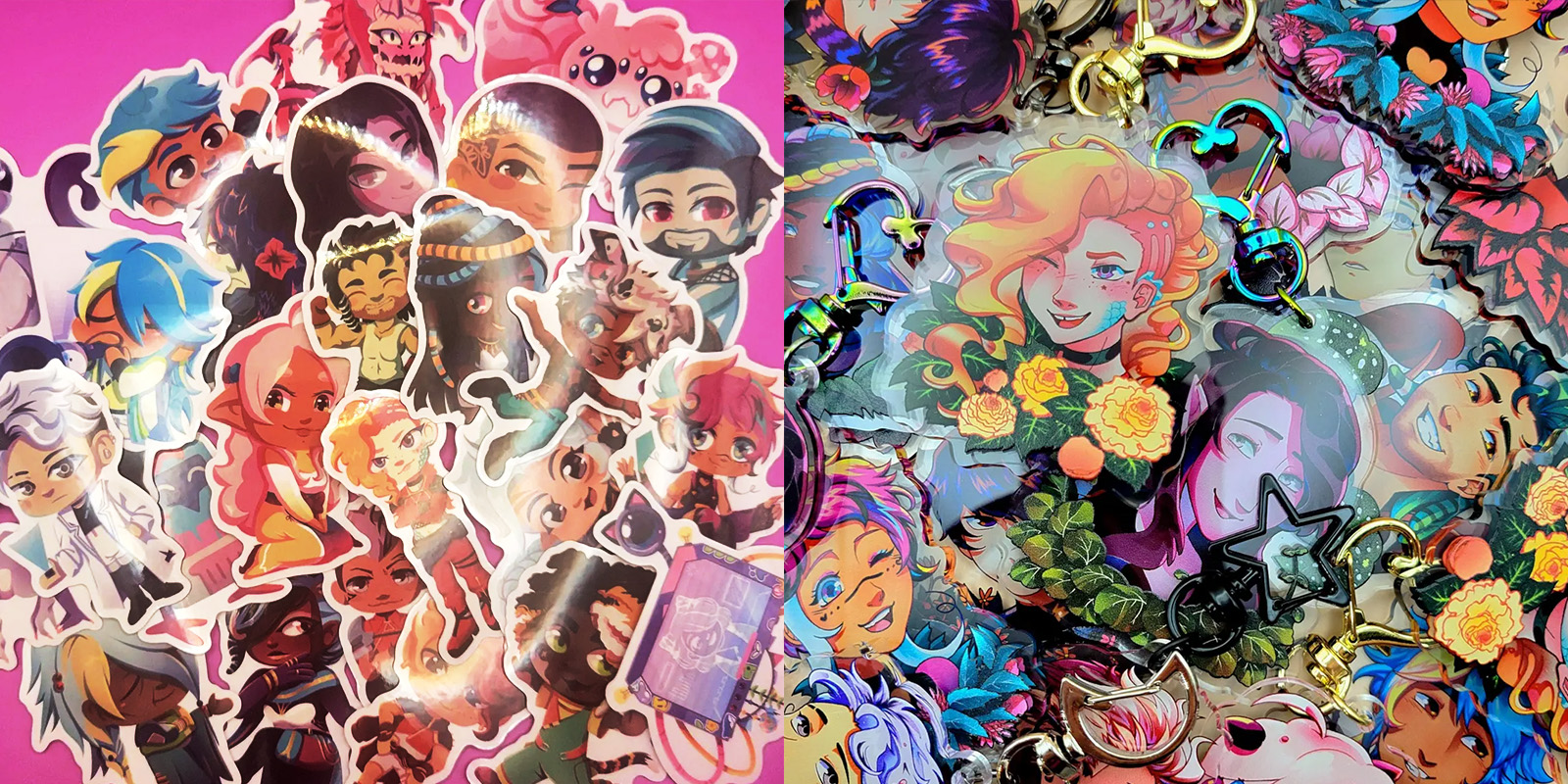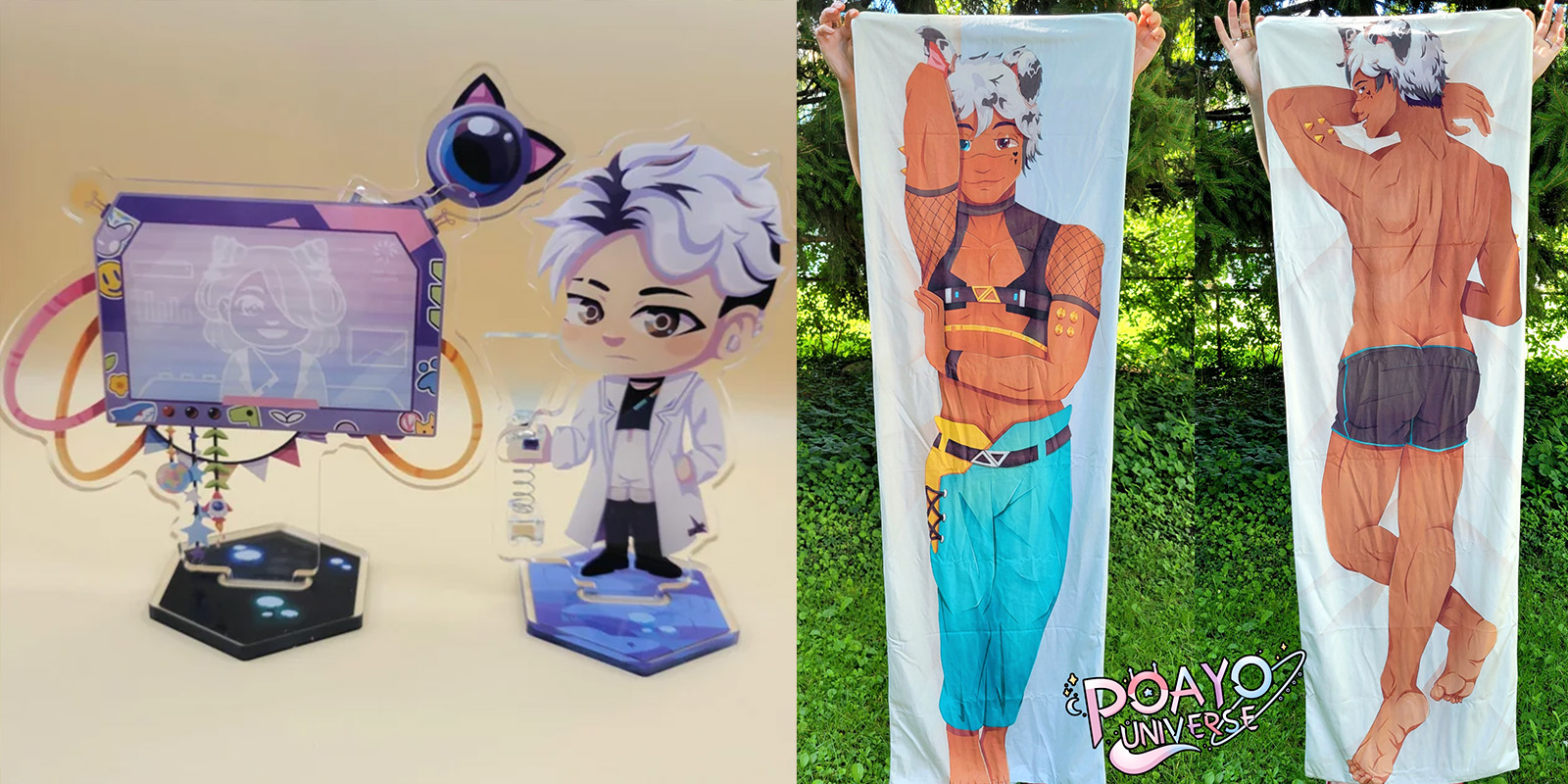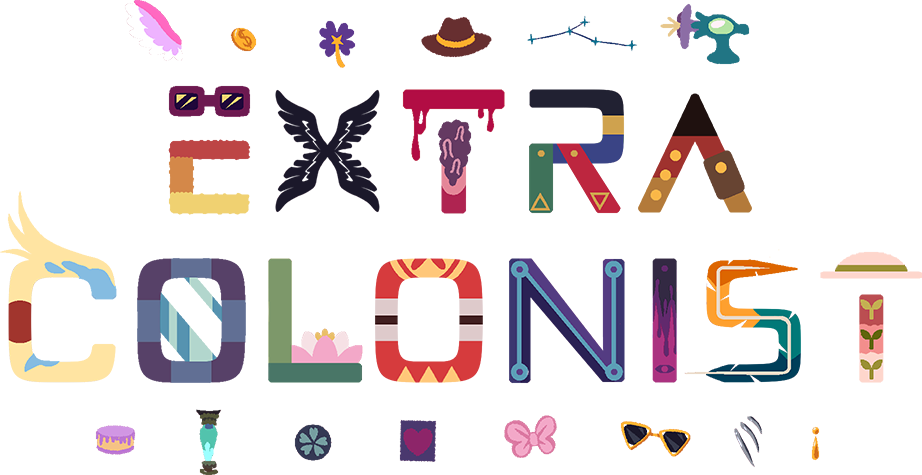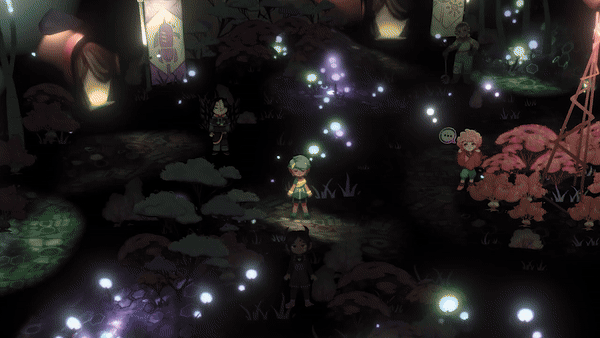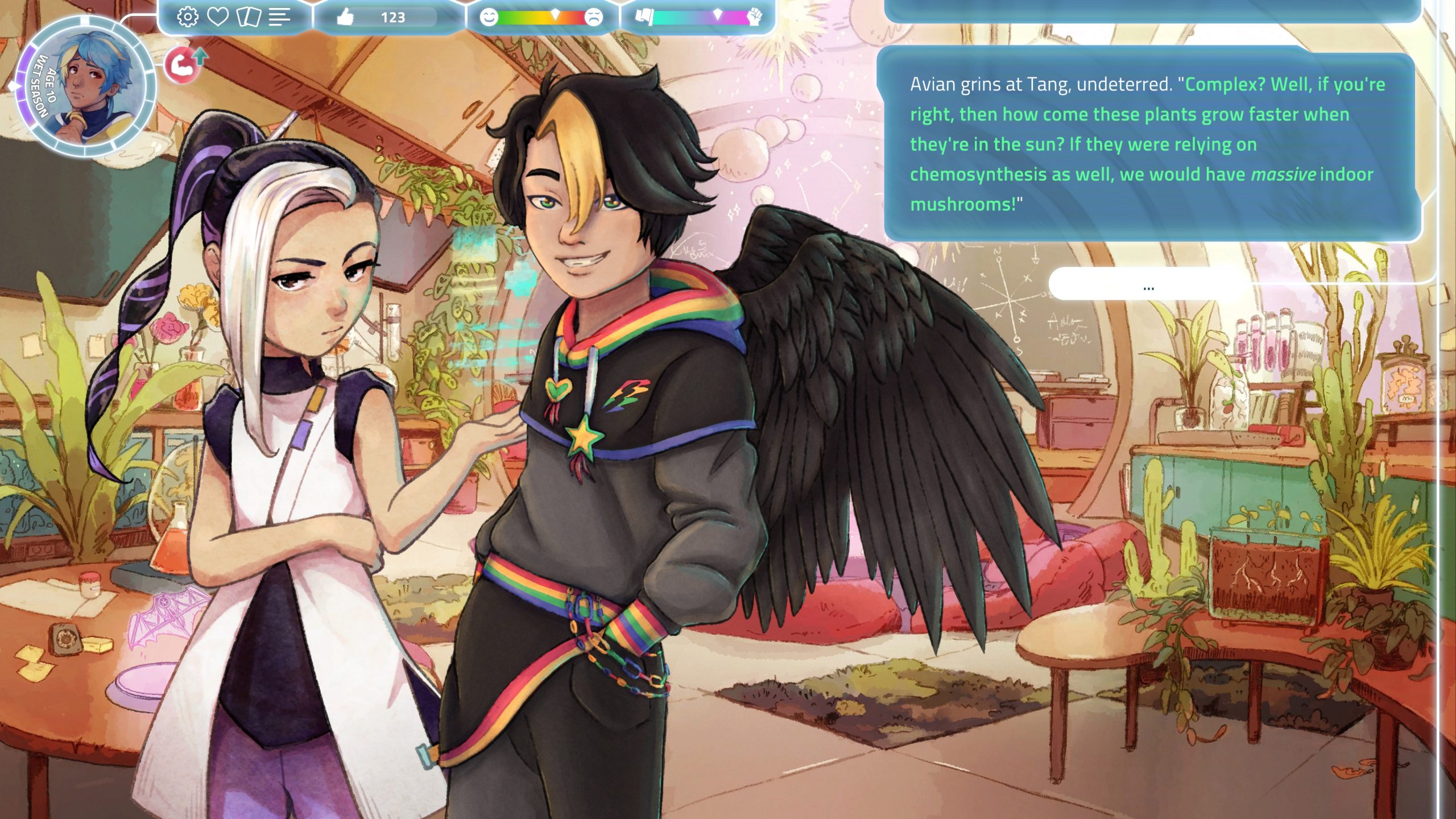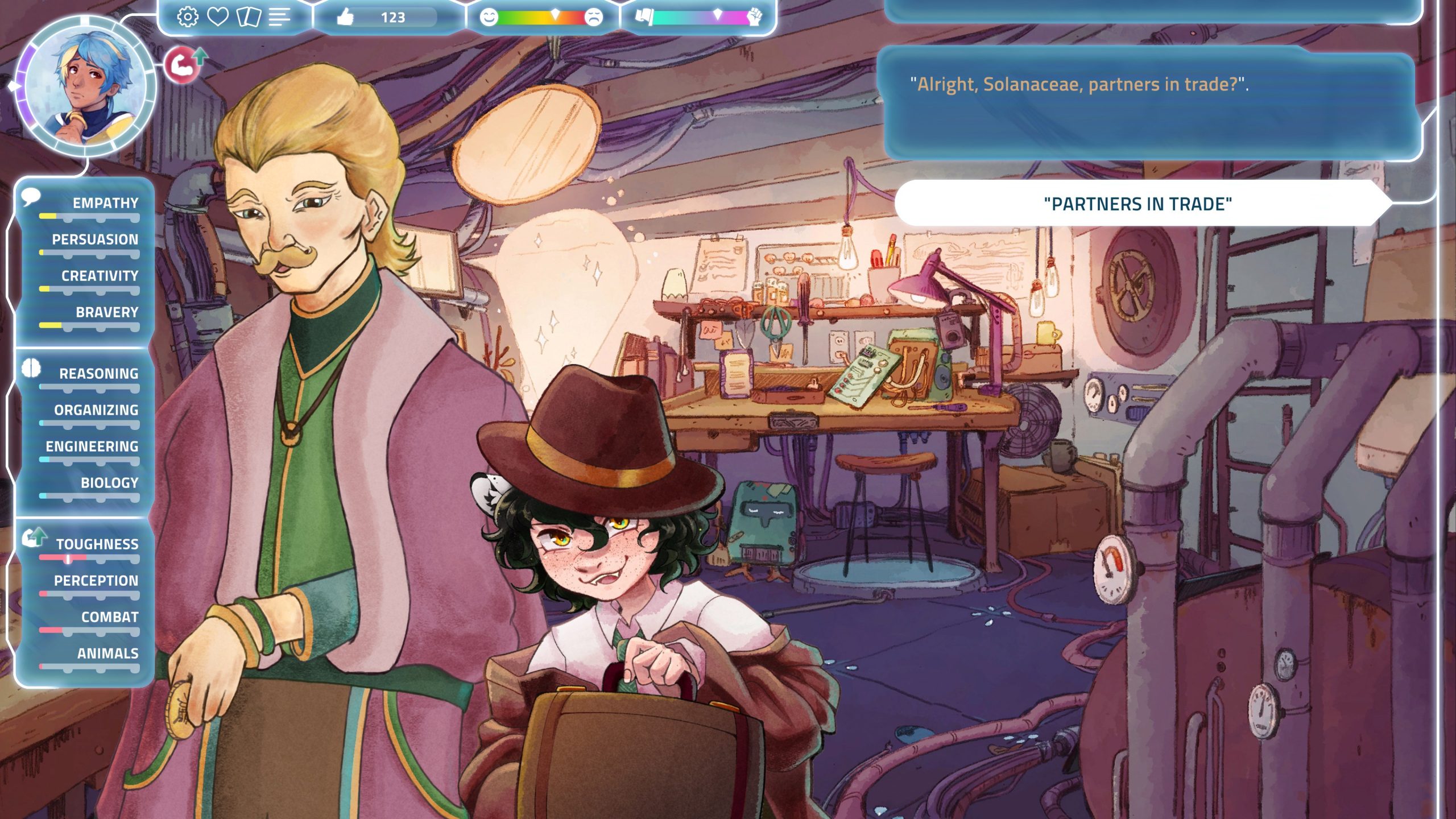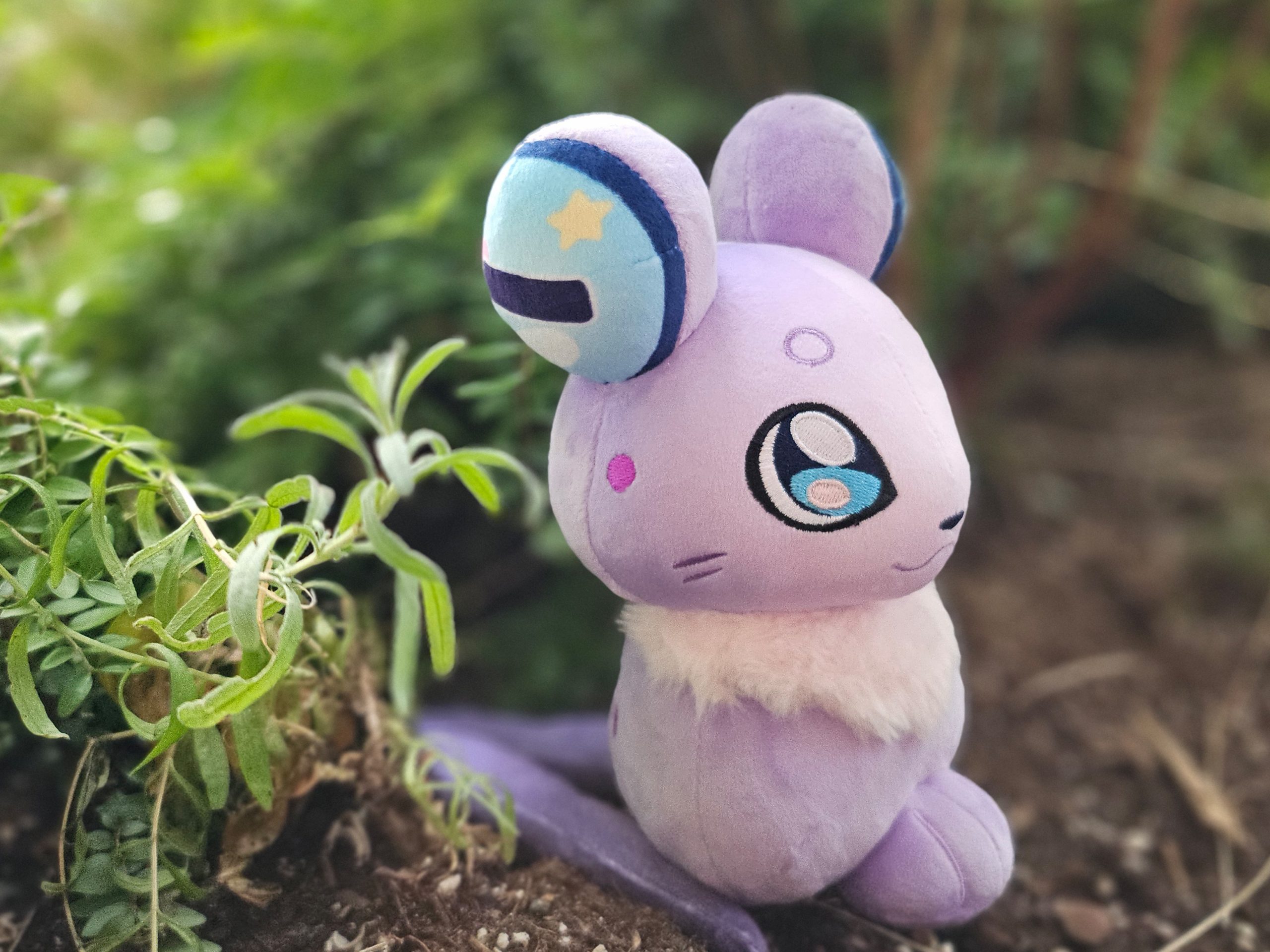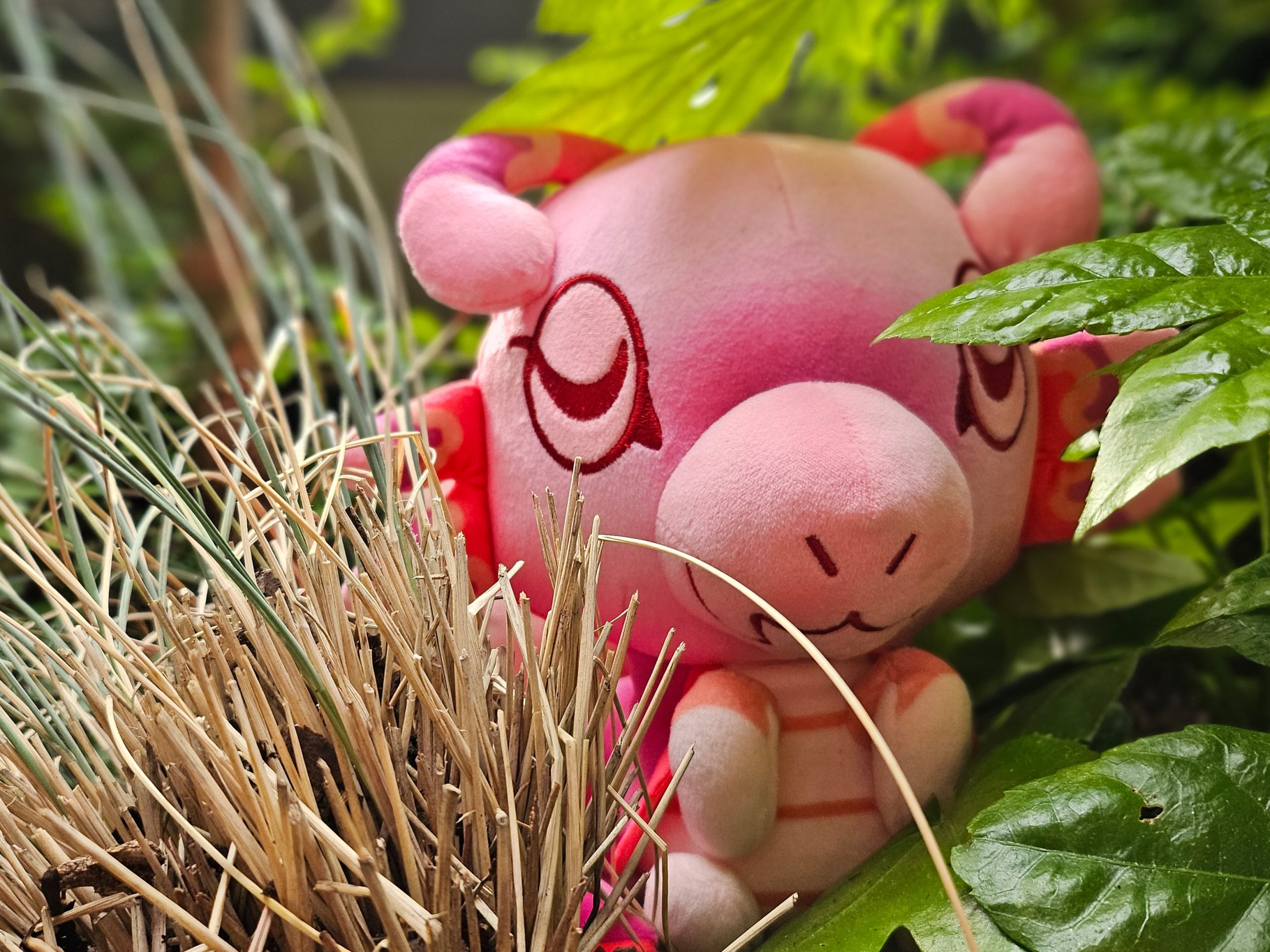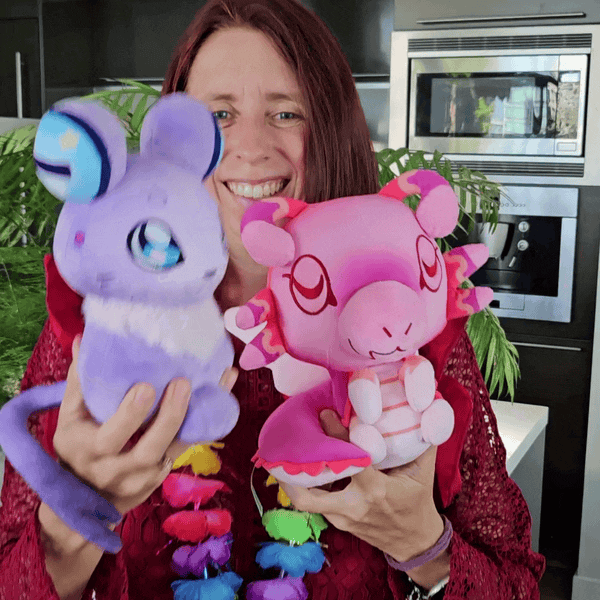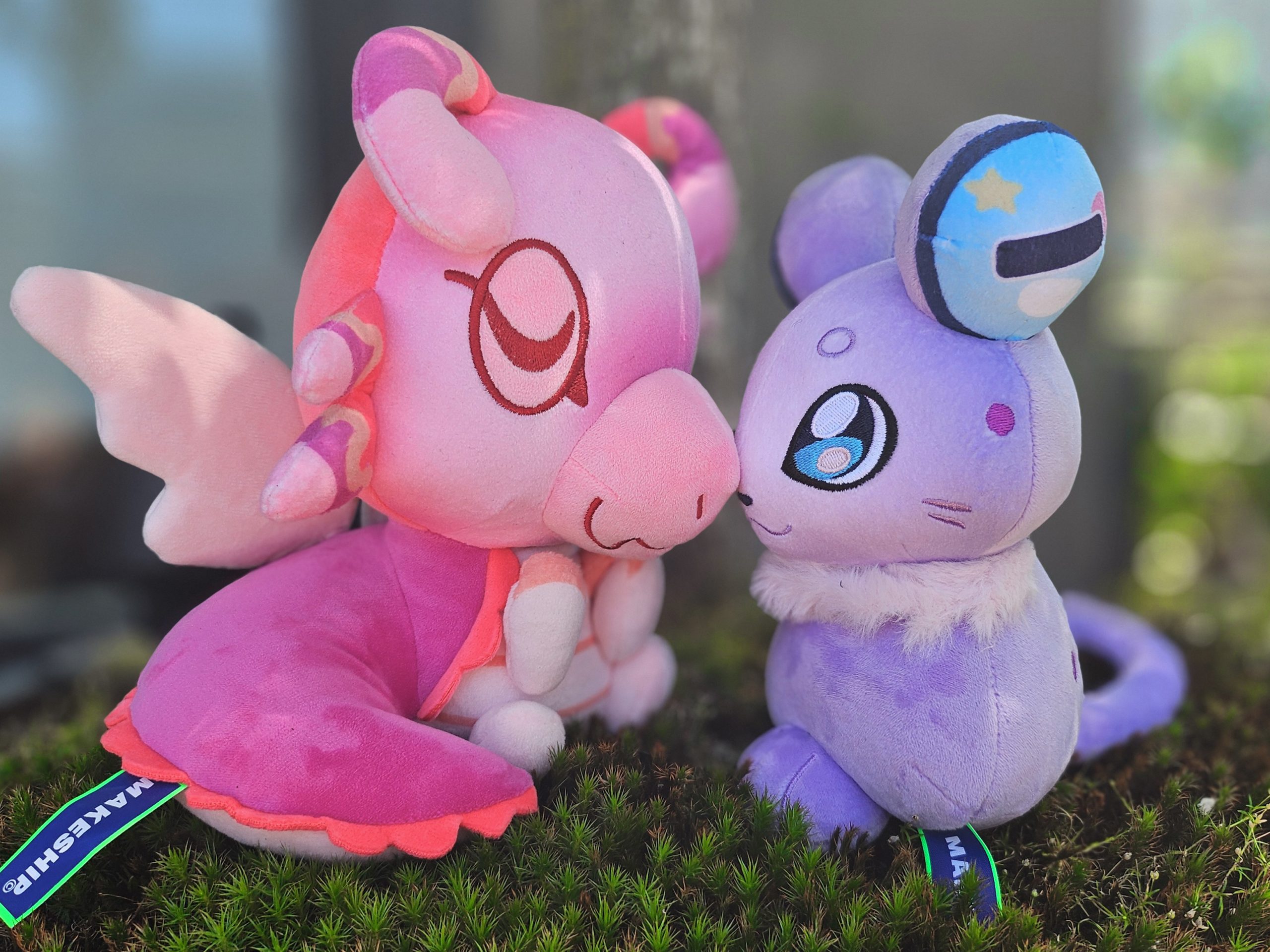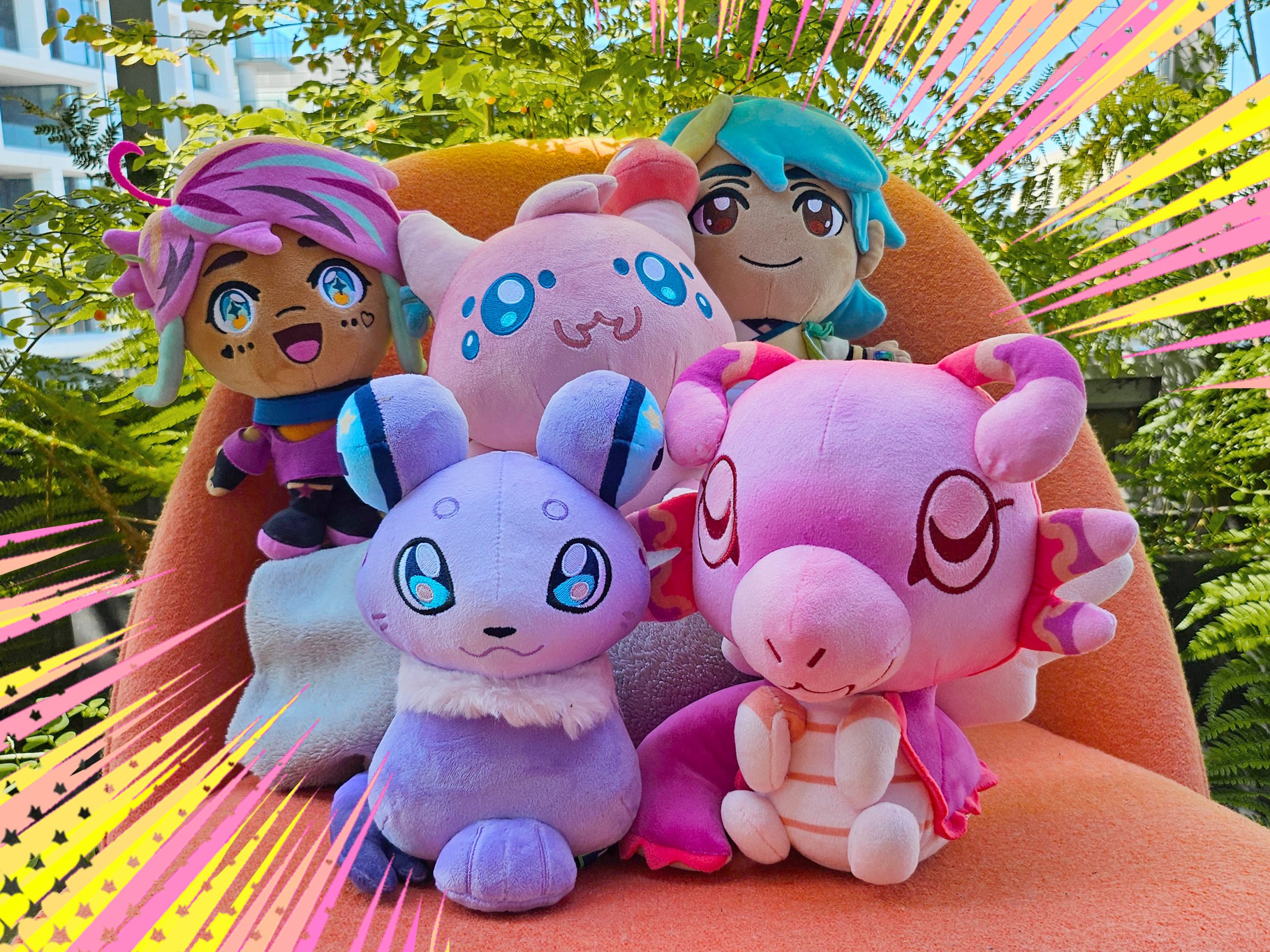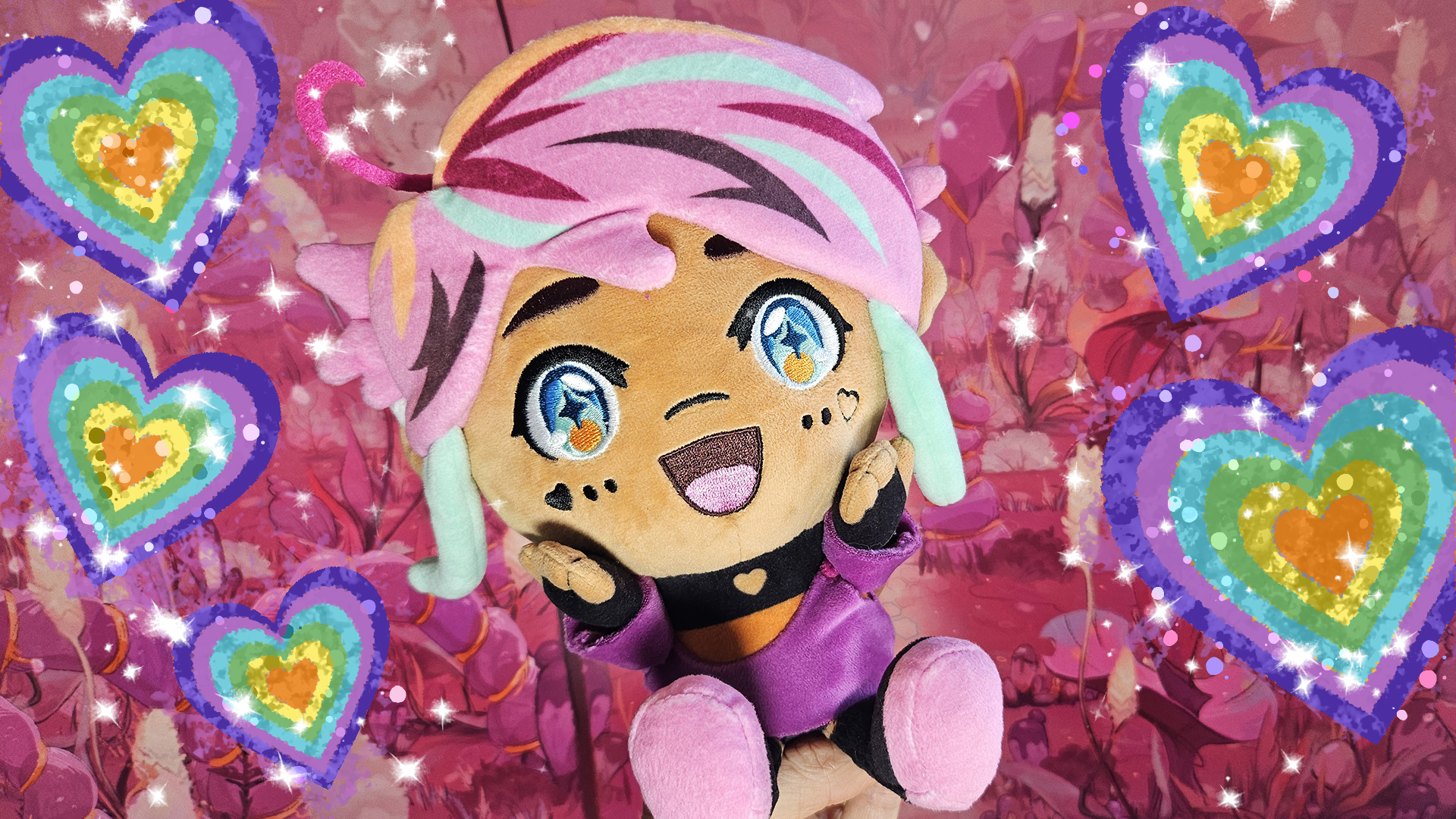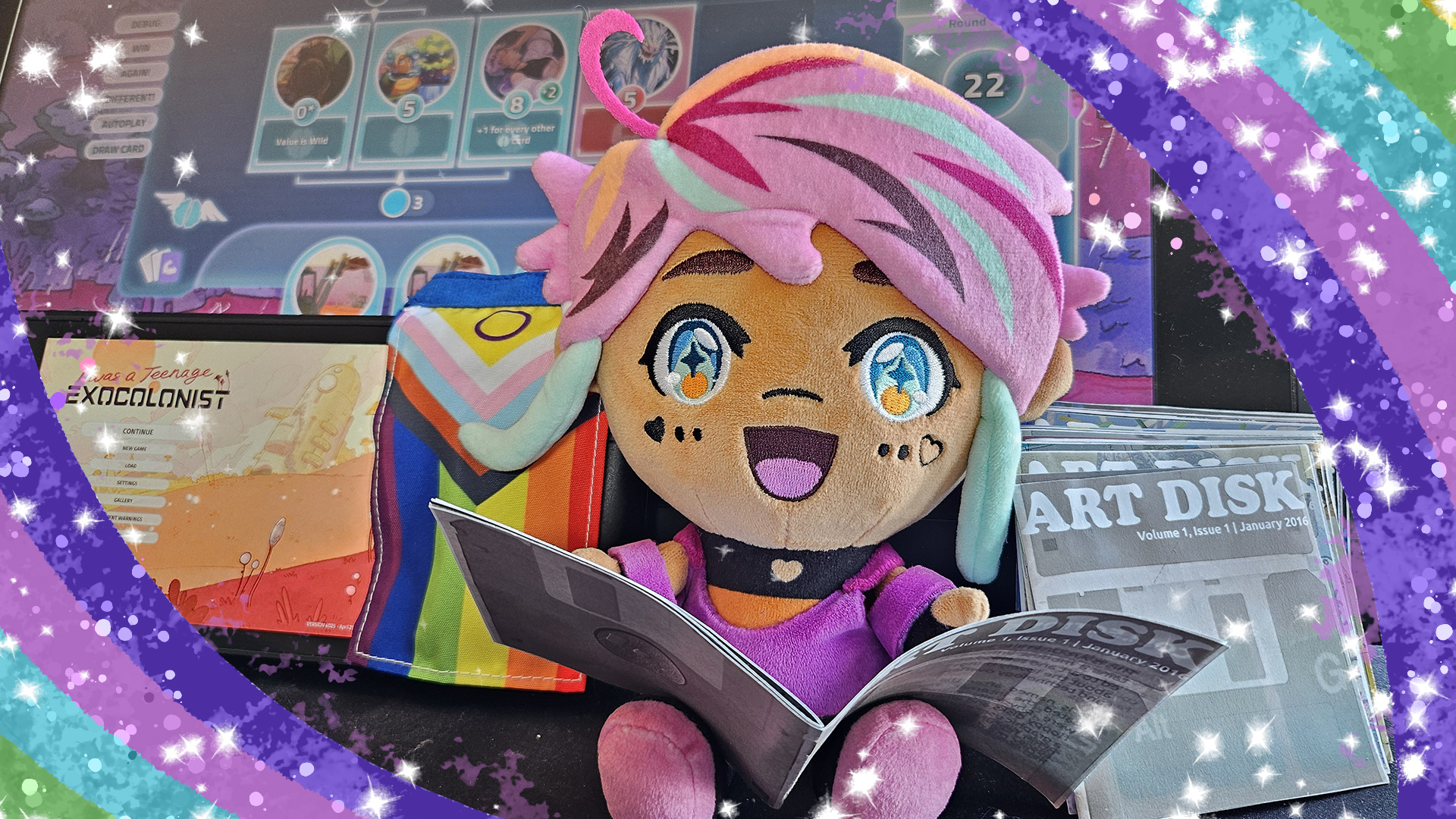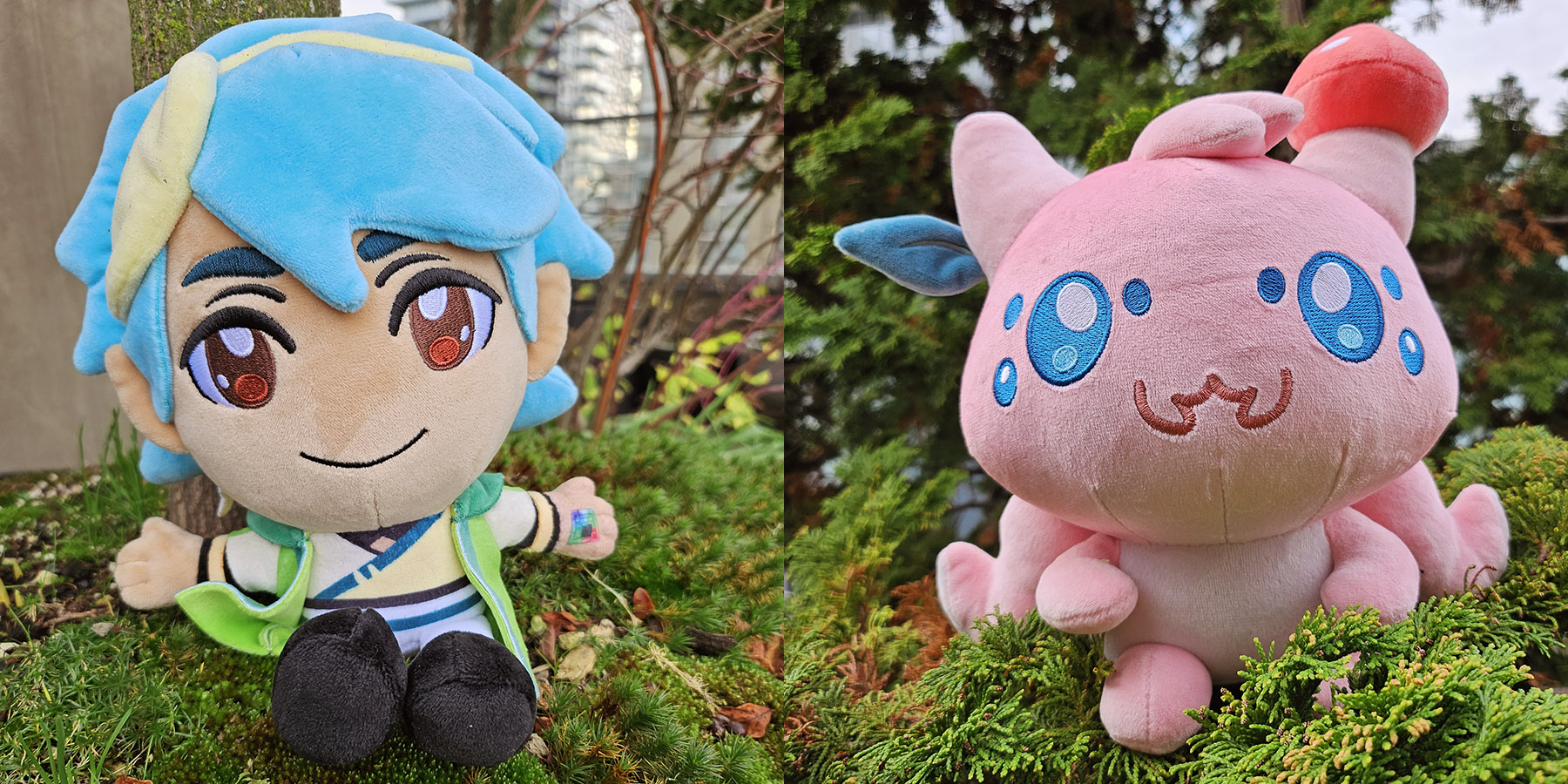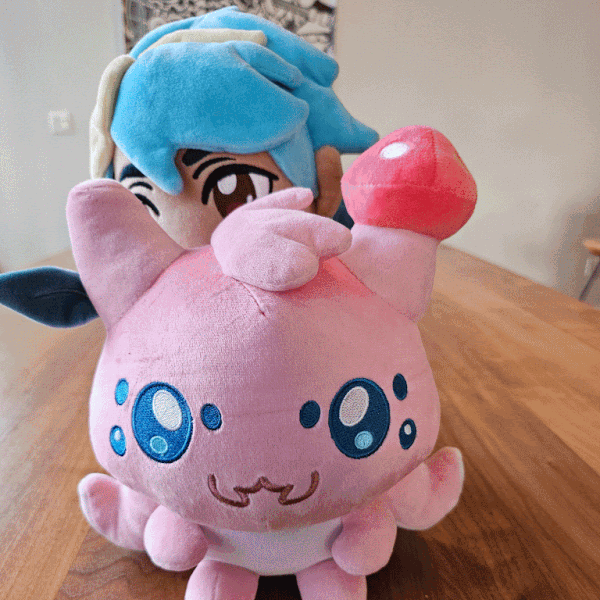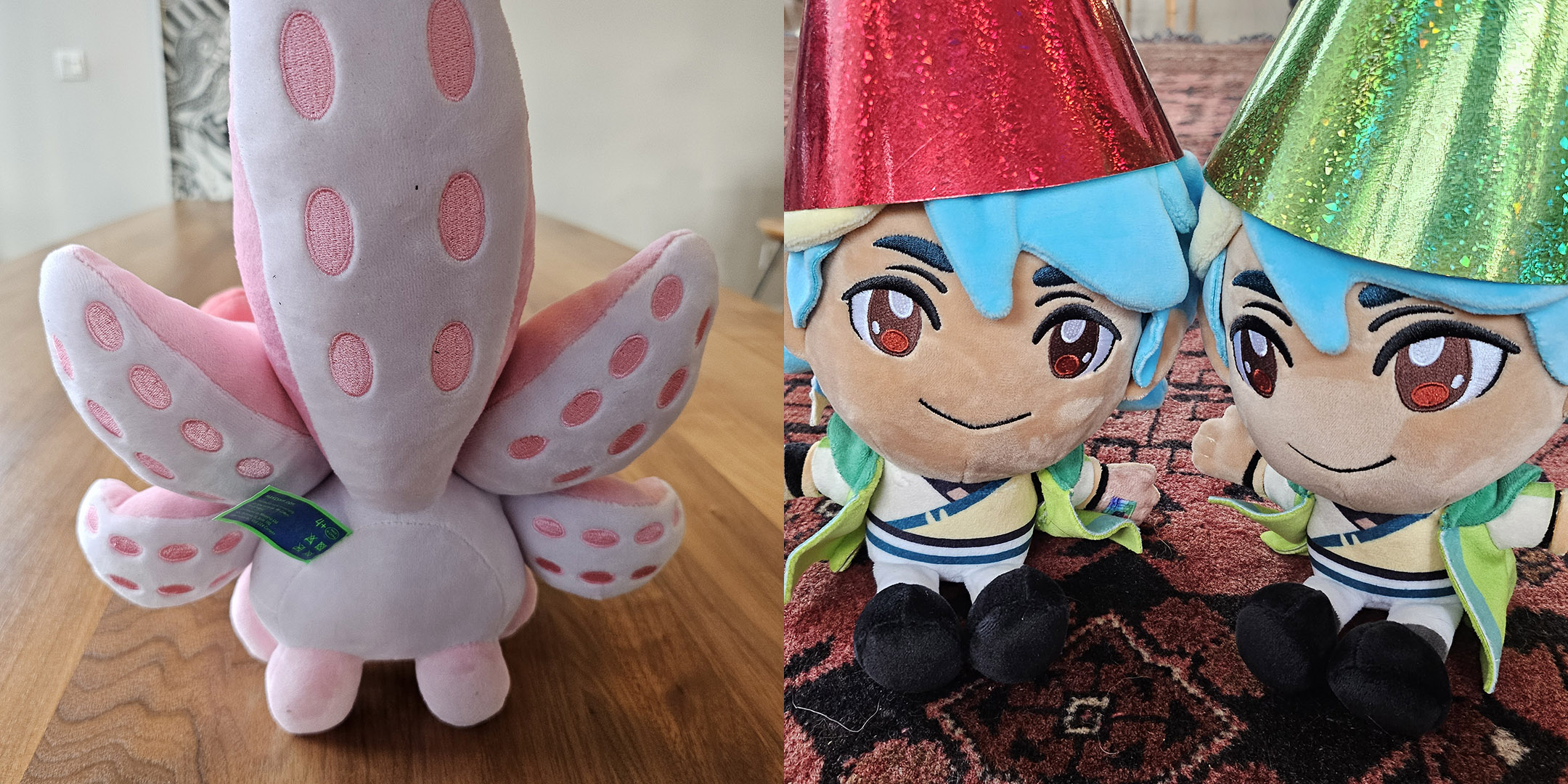🍄🚀Happy Exoversary!
I Was a Teenage Exocolonist has been everyone’s favorite solarpunk time loop stats-raising coming of age narrative/sim game for three years! As is tradition, we’re celebrating our Exoversary with a half price sale and free demo on Steam, a dev stream, and our biggest ever (physically big that is) plushie campaign!
🎨🎙️ Developer draw & talk
Join us on Thursday, August 28 at 9am PT / 12pm ET on the Finji Twitch Stream for chatting and doodles with devs Sarah, Mei, Lindsay, and our host Aster from Finji. There will be giveaways!!
👾🧸Faceless and friends
We’re doing another limited time plushie campaign with Makeship! This time for a jumbo-sized faceless plushie that comes with two mini accessory sized dolls of Dys and Sym!
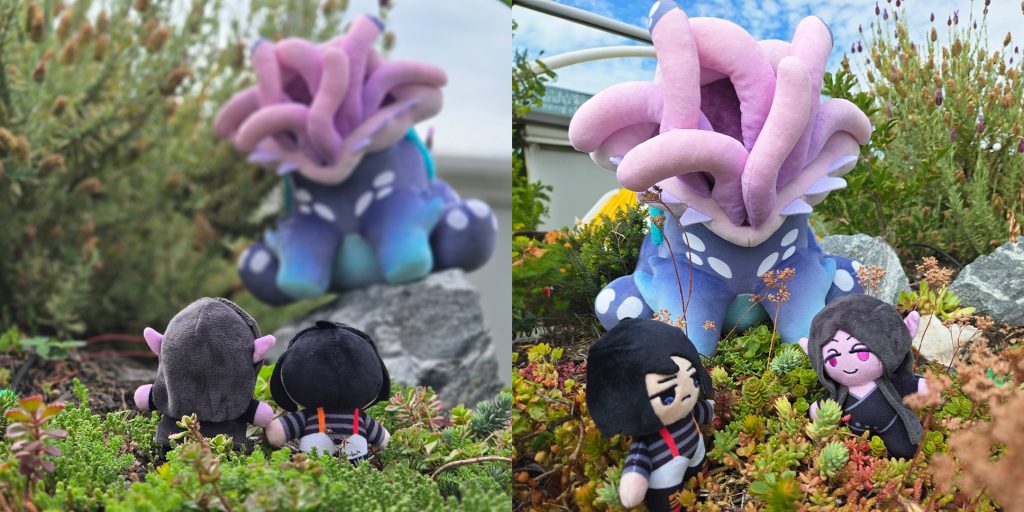
Yes I lied before when I said we wouldn’t make any more! Who could resist taking that big squiggly wiggly stompy baddie and turning her into the cutest eldritch puppy dog? Just look at that face! (what face?)
✨Get yours before September 16th✨
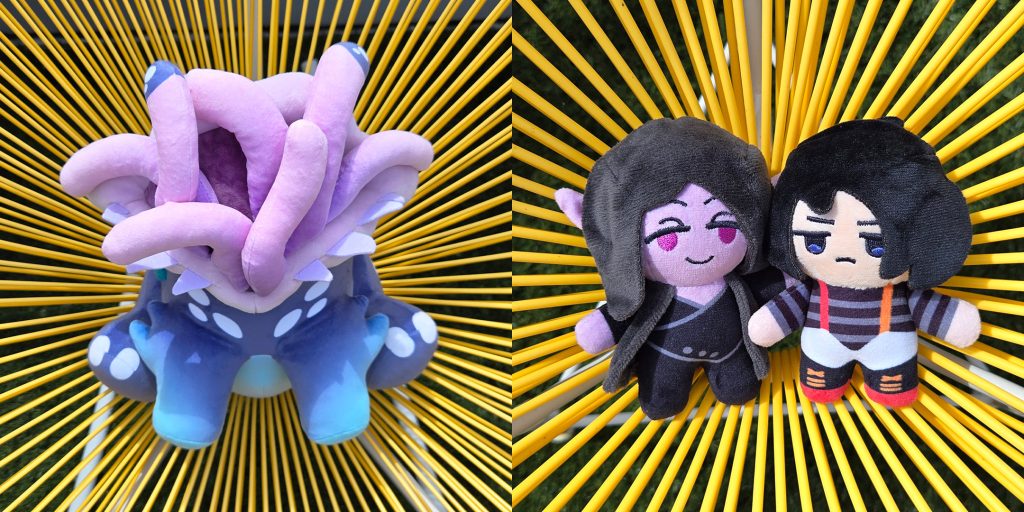
🕒🛒Limited time only campaign
This time we have three weeks to get a minimum of 200 orders. On September 16 the campaign ends, and if we’ve met our goal then every plushie will be made-to-order for our backers and delivered in December. After that, no more will be made!
There’s a special bonus of a free Steam key for the first 200 orders which will be delivered at the end of September.
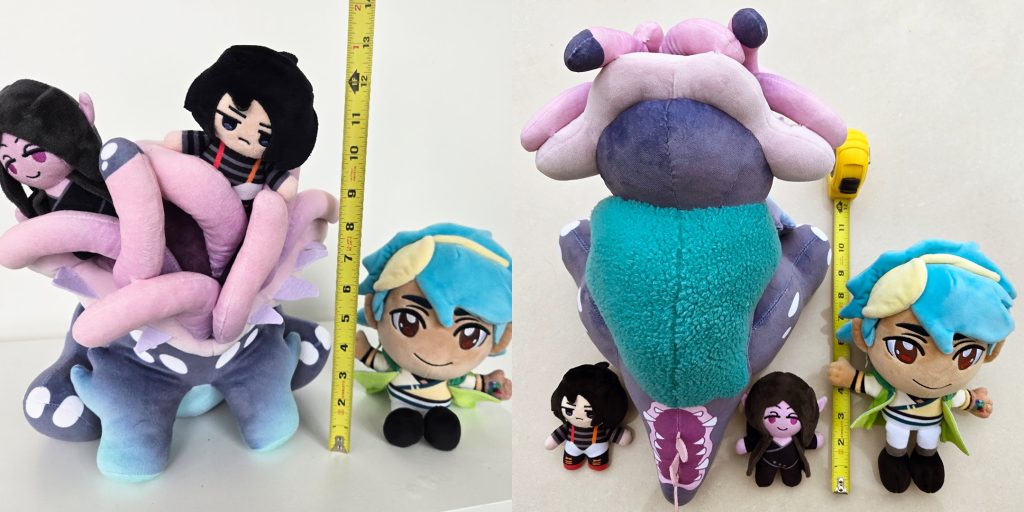
(Sol doll for scale)
📏🐙She’s big!
This faceless plush is jumbo sized, quite a bit bigger than our previous Makeship dolls. And Dys and Sym are keychain sized little fellers that tuck snuggly into those squiggly wigglers (you can tell at least Sym enjoys it). It would be pretty easy to actually turn them into purse charms if you’re crafty.
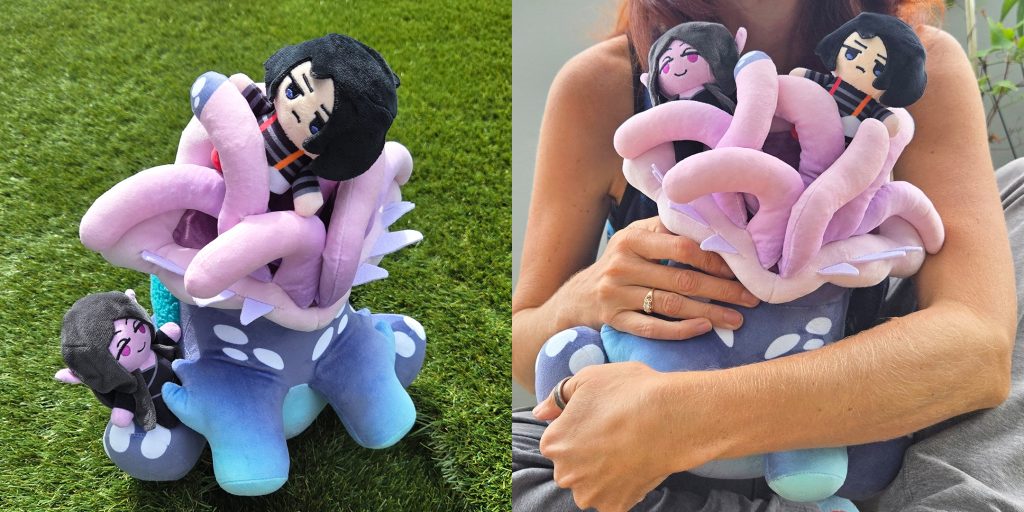
✨Get yours before September 16th✨
Happy Exoversary! Come join us on Discord to celebrate with the devs!



